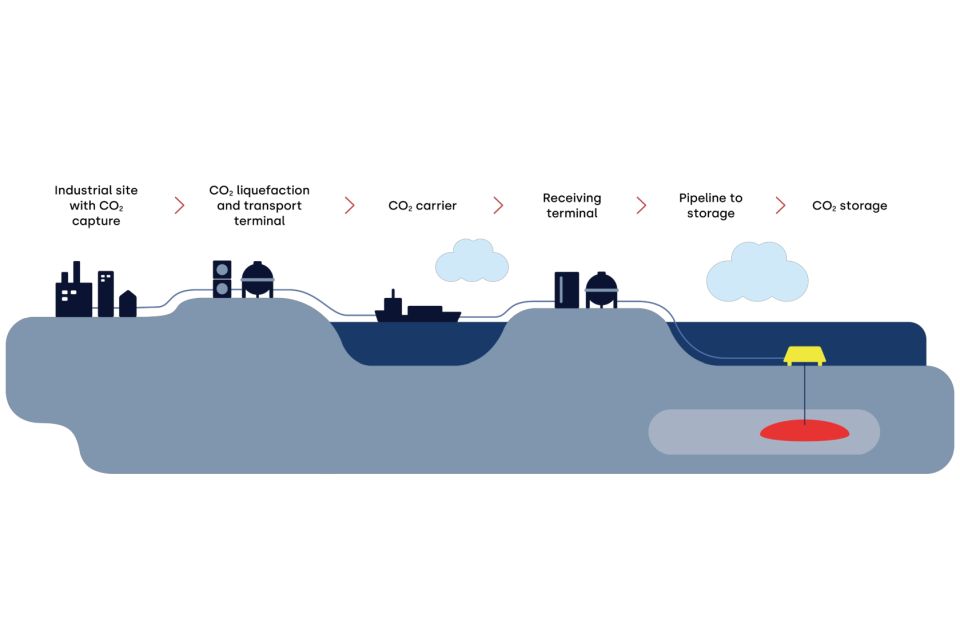The Norwegian Ministry of Petroleum and Energy has awarded the Trudvang carbon storage licence to Sval, which will partner with Neptune Energy and Storegga. The Trudvang area has the potential to store up to nine million tonnes of CO2 annually for at least 25 years – a total of 225 million tonnes.
Analysis indicates the storage potential could be even higher. Sval has a forty per cent stake in the project, Neptune and Storegga each have thirty per cent.
‘We are pleased to secure our first CO2 storage licence in Norway,’ says Neptune Energy’s Managing Director in Norway and the UK, Odin Estensen. ‘The North Sea has great potential to become a hub for carbon storage, given the proximity to CO2 emitters and the geology, which is suitable for CO2 storage.’
He adds: ‘Neptune Energy was recently awarded three CO2 storage licences in the UK and we continue to progress our L10 carbon storage project in the Netherlands. Our ambition is to build a portfolio of carbon stores linked to our core areas in the North Sea.’
Also read: CO2 storage in North Sea gets green light
Trudvang
The Trudvang storage licence is located in the Norwegian North Sea, to the east of the Sleipner field and about 200 kilometres from the coast. The storage reservoir is at a depth of approximately 850 metres, in the Utsira formation.
The Trudvang project involves capturing CO2 from several emission sources in North-West Europe and then transporting the CO2 to export terminals. From there, the CO2 will be transported either via ship or pipe to the Trudvang location for injection and permanent storage under the seabed.
The goal is to be able to store the first CO2 in the Trudvang licence towards the end of this decade.
Picture by Sval.
Also read: Fugro: Carbon capture and storage can be combined with offshore wind








